THE AUTHOR of the book is Charles Lathrop Pack, it covers a lot of ground. Mexico, Venezuela Colombia, Haiti, Porto Rico, Dominican Republic, British Honduras and Costa Rica.. The information is so
impressive that I will not comment on current events regarding environmental issues. In this regard what happened 500/300 years ago saeems more interesting than current
events. Here it goes...excerpts from TROPICAL FORESTS...pages 63/65.
"MAHOGANY, an early favorite, was first brought to the attention of Europe by the ship's carpenter of Sir Walter Raleigh, who, in 1695, made use of this species in minor repairs to one of his vesels. Before the middle of the sixteenth century Spaniards were employing mahogany for shipbuilding. As a later period buccaneers frequently landed parties to obtain supplies of mahogany, and down through the centuries this highly prized timber has been the cause of many
international incidents and not a few bloody contests. In 1743 Mark Catesby wrote: " The excellency of this wood for all domestic purposes is now sufficiently known in England. And at the Bahama Islands, and other countries, where it grows naturally, it is no less esteemed for shipbuilding, having properties-vis., durableness, resisting gunshots, and burying the shot without splintering." And it was in the eighteenth century that mahogany came into universal
favor as a wood well adapted for furniture and for cabinet work.
The early history of logwood had a great deal in common with that of mahogany, its trade rising
about the time when peace was declared between England and the Spanish. The abundance of this two wood species is, in fact, the reason for England's still retaining that little wedge of land in Central America known as British Honduras.
Lignumvitae-tree of life-has also had an interesting career. In early colonial times it gained wide renown as a specific for venereal diseases, and for a time sold for more than its weight in
silver. This curative reputation became so well established that it endured for centuries, although modern medicine recognizes no peculiar healing virtues in the wood. Today its value
rests in its extreme hardness and unique self-lubricating qualities. During the World War
lignumvitae was widely sought for propeller bearing of ships. It also finds a use as castors for furniture, mallets, bowling balls, pulleys, and numerous turned articles. Because lignumvitae
grows in semi-arid sites, its rate of growth is slow and reproduction establishes itself with difficulty, factors which make precarious the future abundance of this wood."
sábado, 13 de diciembre de 2008
Suscribirse a:
Enviar comentarios (Atom)


















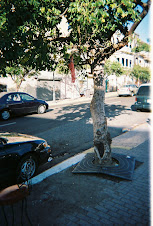-25.jpg)
-24.jpg)
























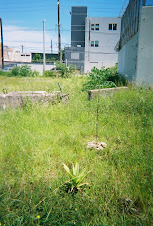




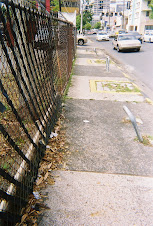

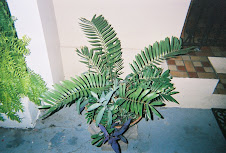




-22.jpg)
-25.jpg)
-24.jpg)






-16.jpg)
-13.jpg)
-08.jpg)
































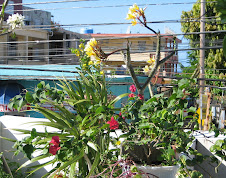
















No hay comentarios:
Publicar un comentario